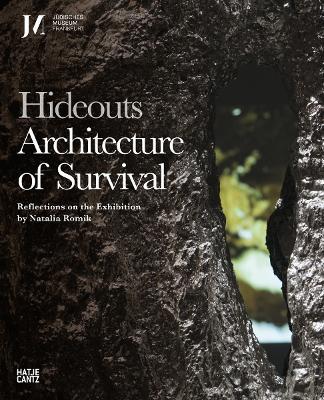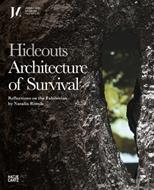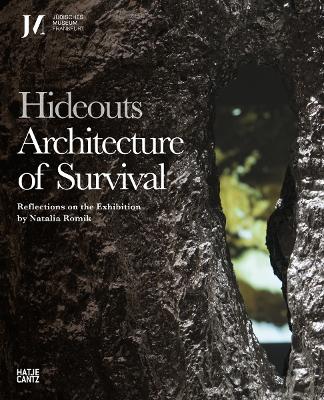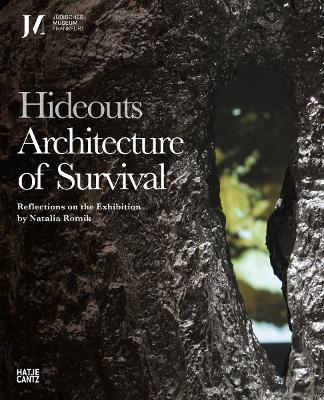Hideouts: Architecture of Survival: Reflections on the Exhibition by Natalia Romik
The Bodily, Social and Architectural Dimensions of Survival About 50,000 Jews survived the Holocaust in hiding on the territory of occupied Poland. Most of them had to find, build and use various hideouts. Driven by necessity, they looked for refuge in the seemingly unlikely places such as tree hollows, closets, cellars or sewers – staying there for hours, days, but sometimes even for months. Architect, scholar and artist Natalia Romik has identified and examined several hideouts that still exist to this day. Their architectural remnants bear witness to the creativity and will of survival of their makers. In her exhibition “Hideouts: Architecture of Survival” she used aesthetically challenging, sculptural forms to convey their delicate materiality and charged history. This interdisciplinary book offers a multiplicity of voices to compliment the unique work of Natalia Romik. It raises the fundamental question about the function of art and architecture in relation to history, violence and cultures of public commemoration.
-
Editore:
-
Anno:2024
-
Rilegatura:Hardback
-
Pagine:148 p.
Le schede prodotto sono aggiornate in conformità al Regolamento UE 988/2023. Laddove ci fossero taluni dati non disponibili per ragioni indipendenti da Feltrinelli, vi informiamo che stiamo compiendo ogni ragionevole sforzo per inserirli. Vi invitiamo a controllare periodicamente il sito www.lafeltrinelli.it per eventuali novità e aggiornamenti.
Per le vendite di prodotti da terze parti, ciascun venditore si assume la piena e diretta responsabilità per la commercializzazione del prodotto e per la sua conformità al Regolamento UE 988/2023, nonché alle normative nazionali ed europee vigenti.
Per informazioni sulla sicurezza dei prodotti, contattare productsafety@feltrinelli.it



